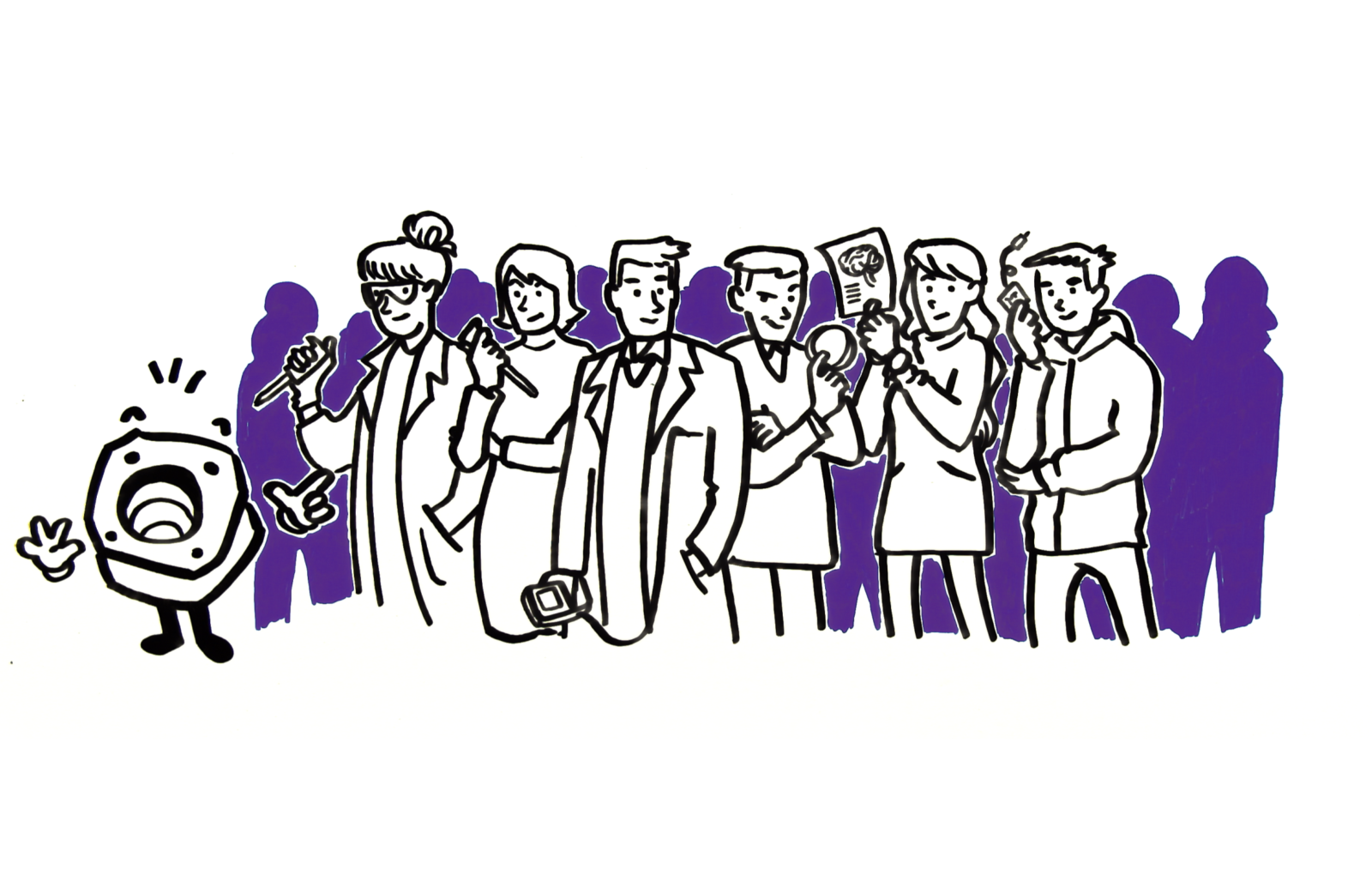Questions and answers for the Media Team members
- Which research group are you working in?
- What’s your role in the research group and what do you study?
- What’s your role in Media Team?
- Favorite task in research work?
- What should people know about body-on-chips and and organ-on-chips?
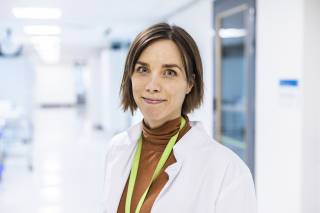
Miina Björninen
- CoEBoC and Adult Stem Cell Group
- I’m the CoEBoC coordinator and also a postdoctoral research fellow in the Adult Stem Cell Group focusing on musculoskeletal tissue engineering.
- I’m leading Media Team operations, editing and writing news pieces and managing some social media channels.
- Innovating and crafting! In my research, making pilot electrical stimulation chambers for cells or coming up with different techniques in making 3D skeletal muscle definitely tick the box.
- Organ-on-chip systems can already be useful for patients. The field is expanding rapidly with more than 20 organ-on-chip companies in Europe. Now we are really hoping that Pharma and regulatory affairs can keep up with the promising developments.

Anastasiia Yiannacou
- Biomaterials and tissue engineering group and Bioceramics bio-glasses and bio-composites group
- I’m a doctoral researcher positioned between two distinct groups, exploring the influence of interactions between hydrogels and bioactive glass on the properties of composite hydrogels in vitro
- Face-to-face interviews, delivering public presentations to promote scientific research
- Simplifying complex data into understandable form, creating structural diagrams during data analysis (for better understanding of each research stage)
- As a part of the Centre of Excellence in Body-On-Chip Research, we aim to contribute to the development of composite hydrogels tailored for bone regeneration in vitro
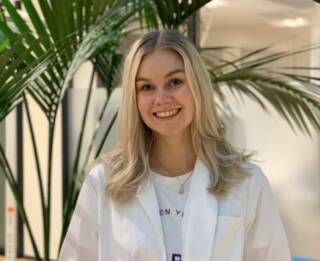
Lotta Kulmala
- Heart Group
- I’m a master’s student working on a 3D heart tissue model.
- I am part of the social media team, so updating Instagram and TikTok about our everyday science is my thing.
- Differentiating cardiac cells from induced pluripotent stem cells – it amazes me every time when the cells begin to beat.
- Our goal is to study interactions between different tissues, for example, cardiac tissue and the nervous system. This helps us to understand better how we humans work, and how different diseases affect the whole body.
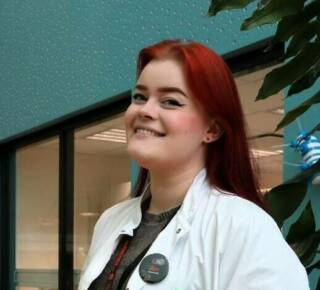
Ella Lampela
- Adult Stem Cell Group
- I am a doctoral researcher passionate about vascularized 3D skeletal muscle and fluorescent microscopy.
- I plan on taking and organizing role in, for example, a social media video series.
- Confocal microscopy! Seeing your 3D reconstructed images is amazing and visually beautiful.
- Using animals to model human diseases is unethical, and it doesn’t even represent human tissue in many cases! I hope to contribute in reducing animal suffering by creating human donor cell -based disease models of skeletal muscle.
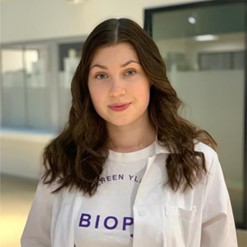
Sini Saarimaa
- Adult Stem Cell Group & Neuro Group
- I am a master’s student working on a 3D coculture model, which can be used to study interactions between cortical neurons and adipose stem cells.
- My main focus on the media team is to produce science-related content for TikTok.
- My favorite thing about my project is seeing how neurons grow processes and how adipose tissue differentiates on a chip.
- Inside the human body, the adipose tissue and cortical neurons do not have direct contact. However, it is known that cortical neurons affect adipose tissue with some mechanisms, so with working 3D coculture models, it is possible to study these interactions further.
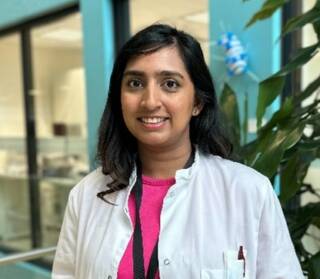
Harini Wickramaarachchige
- Adult Stem Cell Group (Tampere University), Biophysics of Bone and Cartilage research group (University of eastern Finland).
- I am a Doctoral researcher working on the adaptation of Near Infrared Spectroscopy for In Situ monitoring and optimisation of tissue Engineered cartilage tissue.
- I am a part of the CoEBoC social media team. My task is to create videos for our Instagram and TikTok pages that show what we do in the lab to people who aren’t familiar with our work, and I also want to add some humor to make them enjoyable.
- My favorite task is imaging the 3D constructs I prepare. Taking care of the cells and preparing tissue constructs is a delicate process that should be done with a lot of care, attention and commitment
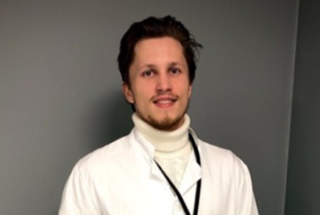
Oskari Kulta
- NeuroGroup
- MSc. in Cell Technology and soon starting my PhD in neuroscience. Also, an MSc. student in health informatics.
- Scientific news pieces, interviews, public speaking
- Understanding the functionality of neuronal cells and their interactions with each other and other tissues!
- BoC / OoCs are a fascinating technology that allows constantly more and more accurate modeling of human physiology both in health and disease. They open exciting and important possibilities to better everybody’s health!
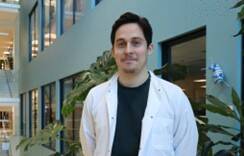
Karim Ameziane
- Micro- and Nanosystems Research Group.
- I am currently working on my master’s thesis. My work focuses on hypoxia and its implementation in a perfusion chip.
- My main task is to create graphical elements for various purposes.
- It is rewarding to come up with new solutions that end up working.
- Your cells thrive under different oxygen levels in different tissues. Our chips make it possible to reflect this in cell studies by accurately tuning oxygen on a micro-level.
Johanna Laakkonen
- Adult stem cell group
- Ph.D. student working on patient-derived iPSC-BBB model in context of neuroinflammation
- Interviewing people and writing stories with others
- Working together with others, as it enables both learning and teaching
- The amount of work each Ooc/BoC model development takes is huge, and it also takes a lot of time. The amount of research work that precedes the OoC/BoC field is even greater, and should be appreciated when applying that knowledge to our field.

